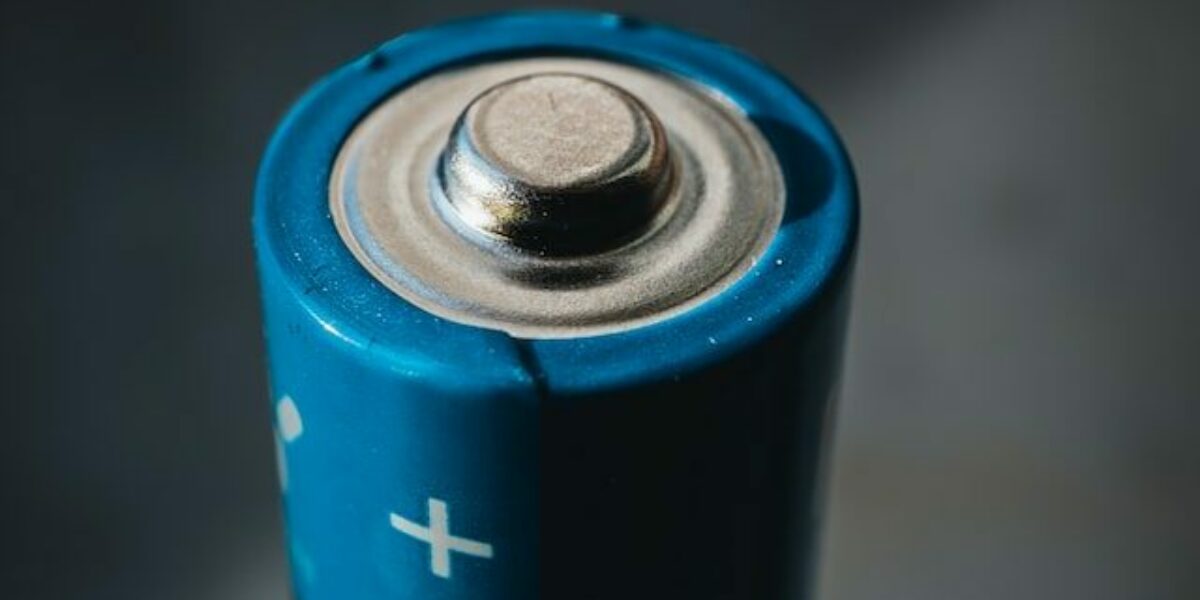All charged up
Price of EV batteries pushing up prices
The price of electric vehicles looks likely to rise substantially in the near future.
Warnings come as the price of minerals used for batteries sky rocket.
Supply and demand
Demand for minerals used in electric vehicle (EV) batteries, such as lithium, nickel and cobalt, continues to rise substantially This includes use in cars, van, e-bikes and scooters, alongside other tech areas such as phones and computers.
Increasing prices is threatening to disrupt production and comes on top of semi condutor shortages and the ongoing shut downs of factories, especially in China, due to Covid.
Industry analysts highlight lithium prices that have risen tenfold to $75,000 (£61,000) a tonne since the start of 2021.
Bloomberg Intelligence, in its Europe Autos 2023 Outlook report, says that escalating battery costs and battery demand could be the industry’s next bottleneck.
Mining moves
Meeting soaring global EV demand is proving difficult. The International Energy Agency forecasts the sector will require 50 new lithium projects, 60 nickel mines and 17 cobalt developments by 2030.
Owen Edwards, head of downstream automotive at Grant Thornton UK, said: “It is not clear whether there will be sufficient supply of raw materials to satisfy demand.”
Commodity price reporting agency Fastmarkets NewGen says that regionally sourced supply is not expected to meet regional demand. Even with planned projects and government policies such as the recent American Battery Materials Initiative aimed at strengthening US domestic supply chains, the outlook is troubling.
EVs contributed 58% of total lithium demand in 2021. Fastmarkets NewGen forecast this will rise to 76% in 2032.
Battery EV sales, the leading source of demand, are forecast to reach to 50 million units in 2032, up from 4.6 million units in 2021.
It also expects that Europe will represent 25% of lithium demand by 2032, but will contribute only 4% of global lithium supply.
Similarly, the US will represent 8% of demand, but only 6% of supply.
Locating the loot
Australia produces the lion’s share of lithium, and is predominantly refined in China.
However, carmakers are beginning to invest upstream, in the mining sector itself to secure better supplies.
Global lithium production is estimated to increase from 540,000 tonnes in 2021 to as much as 3.2 million tonnes annually by the end of the decade. This is dependent on the pace of new project completion, and the capital investment is also likely to add to price pressures.
Cutting out the middle man
Tesla led the way in securing raw materials for batteries. However, several manufacturers, frustrated by supply chain disruption, have recently stepped up their own efforts to secure resources by going directly to producers.
General Motors agreed to pre-pay Livent, a lithium mining group, $200m (£164m) to secure supplies.
Ford is funding Liontown Resources to develop a lithium mine.
Stellantis has taken a €50m (£43m) equity stake in Vulcan Energy Resources, which aims to produce lithium in Germany.
Meanwhile, Mercedes-Benz has agreed to buy future output from suppliers to help raise financing and has begun work on its own processing facilities.
But all of them are running to catch up with Chinese EV companies. They have been pursuing this strategy for some time including BYD, the world’s largest EV producer. They have been trying to secure access to lithium mines in Africa and Chile.
In addition, the world’s largest maker of batteries, Contemporary Amperex Technology, recently agreed to buy a near 25% stake in cobalt producer CMOC for about $3.7 billion (£2bn).
Powering supply
Manufacturer moves are an attempt to address the risk of supply delays. Along with this, environmental concerns over mining mean traceability is becoming increasingly important.
Despite these moves, the supply of raw materials remains a challenge. There is need for further investment in the mineral sector to meet increasing demand, while at the same time the environmental protests are beginning to get louder too. Production of many of the of the battery ingredients requires huge amounts of water and can prove highly polluting to neighbouring land, water tables and rivers. There are also manny concerns over the forced labour and low wages for miners.
Many of the minerals crucial to the chemistry of an EV battery are in ‘challenging jurisdictions’, both politically and environmentally.
Three-quarters (75%) of the world’s cobalt production, for example, comes from the Democratic Republic of the Congo (DRC).
Stéphane Rénie, head of corporate social responsibility at ALD Automotive, has concerns. “We cannot afford another dieselgate with electric vehicles,” he said.
“We must ensure from an ethical perspective that the ‘mine to wheel’ cycle on EVs follows higher ethical, environmental and social standards than has been the case in the ICE (internal combustion engine) world.”
Price pressure
Industry estimates suggest that the battery accounts for between 40-60% of a battery electric vehicle (BEV) price. Meanwhile 60% of the battery cost is estimated to be down to the minerals.
It is suggested that this means costs of more than $10,000 (£8,248) extra to produce an EV over a combustion car.
But prices have been falling. Figures from Bloomberg New Energy Finance show the inflation adjusted price of battery packs for cars was $1,200 (£989) per kWh in 2010. This had fallen to $132 (£108) last year.
The latest increasing prices of raw material mean that the falls are beginning to reverse.
Manufacturers are working hard to develop batteries which are less reliant on materials such as cobalt. This is changing battery chemistry, which gives both the battery and BEVs distinctive characteristics – charging speed, energy density and range.







